How COVID-19 is impacting U.S.-Canada border crossing times
Learn how COVID-19 is impacting the U.S. Canada border based on connected vehicle insights.
By Geotab Team
Sep 7, 2022
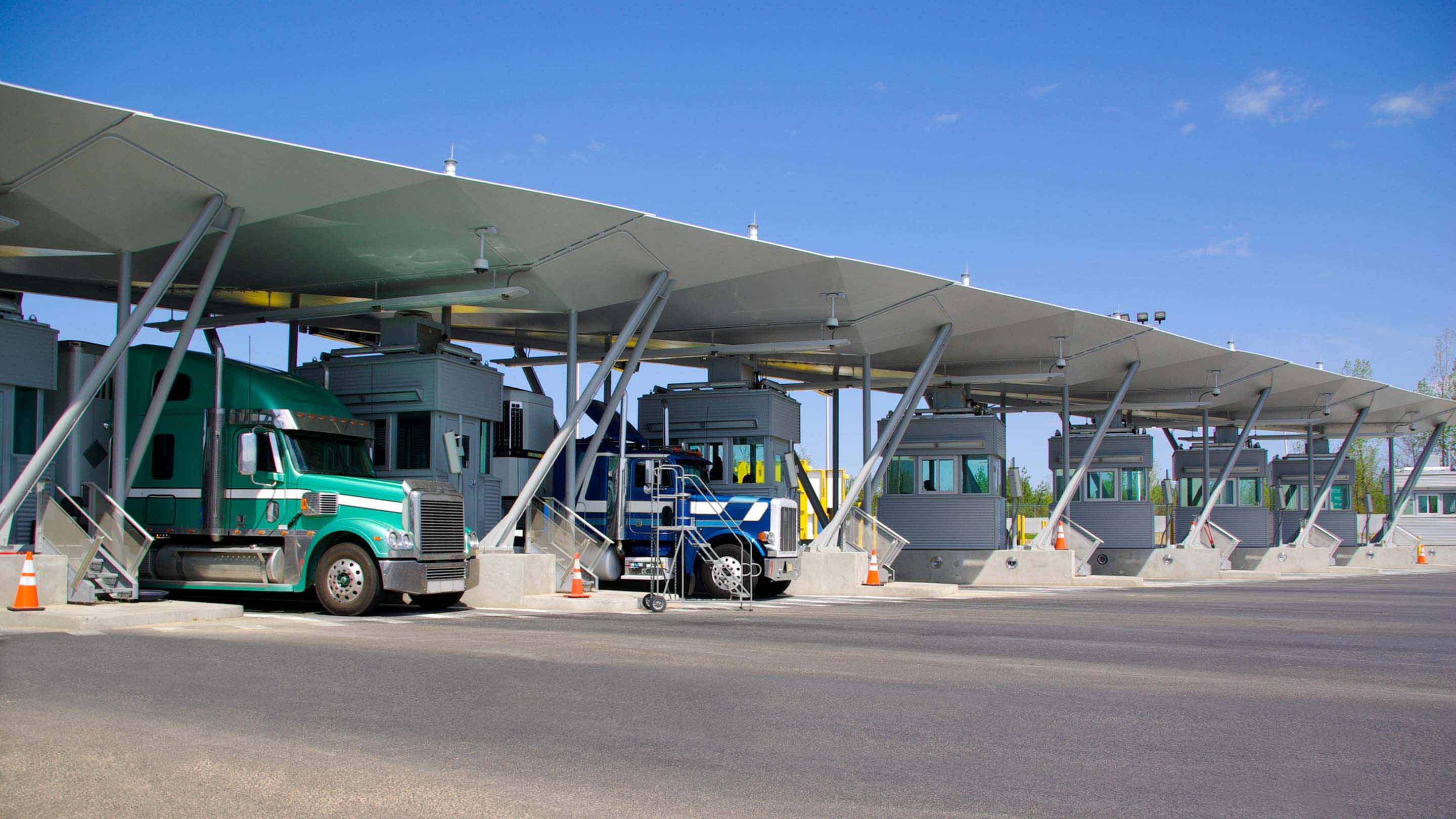
A Geotab analysis of traffic at all Canada-U.S. border crossings reveals that there has already been an impact on trips and wait times due to COVID-19. However, the impact is less than expected, meaning the goods needed for business and essential supplies continue to flow between the two countries. The Geotab Data & Analytics team looked at anonymized data from connected commercial vehicles crossing the border over the past several weeks.
The World Health Organization has officially declared COVID-19 a pandemic after confirming the virus is in at least 190 countries and territories. As the situation continues to evolve day-by-day, government officials across the globe have started to take drastic measures to slow down the spread of this infectious virus.
With mutual consent, Canadian Prime Minister, Justin Trudeau and U.S. President Donald Trump made the decision to temporarily close the border between the two countries for all non-essential travel as of March 20, 2020 for all. Trucking services related to trade and supply as well as crossings of emergency and essential workers are allowed to continue.
See also:
- The impact of COVID-19 on commercial transportation and trade activity
- The impact of COVID-19 on congestion and commercial traffic in cities
- What if the reduction of CO2 emissions didn't end with COVID-19?
Data analysis of border traffic shows impact on trips and wait times
Fleet managers and drivers are still working to complete jobs even while cities across North America are declaring states of emergency. Below are graphics that illustrate the overall impact COVID-19 is having on truck activity at the border.
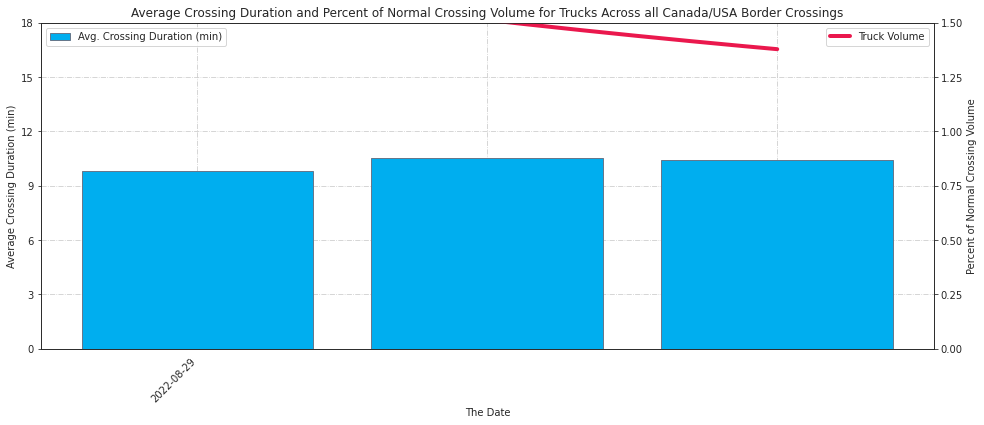
Figure 1. Average crossing duration and percent of normal crossing volume of trucks across Canadian and U.S. border.
Although many fleets are still working to deliver essential goods and keep segments of the economy running, overall truck volume at the border has started to decrease since late March, with the lowest volume on April 10 before picking back up since then. While there were increased wait times overall through the week of March 15, wait times have been decreasing and stabilizing since then.
Daily trip volume decreases at popular borders
At the Detroit-Ambassador Bridge, Port Huron, Lewiston and Buffalo border crossings, the general trend shows that the number of trips decrease starting mid-March and continue to decrease in the following weeks — around the same time as confirmed cases were increasing in the U.S. and Canada and both governments started to promote social distancing and implement other health-related measures. The most pronounced decrease in volume has been through the Detroit-Ambassador Bridge crossing.
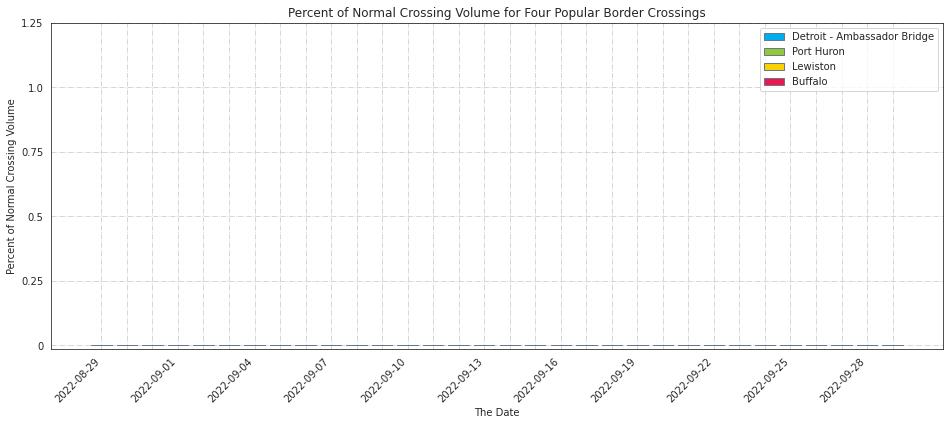
Figure 2. Percent of normal crossing volume for four popular border crossings.
Vehicle volume and border wait time both decreasing
A closer look at the Detroit-Ambassador bridge shows a significant decline in crossing volume since the middle of March. Currently the volume is about 37% of normal in trip direction from US to Canada and 55% of normal in trip direction from Canada to U.S. The wait time at the border did not see much of an increase, despite the extra screening and precautions being taken to slow the spread of COVID-19. While there has been a primarily demand-side reduction to trade, the essential goods needed are continuing to flow without any major disruptions or backlogs at the border.
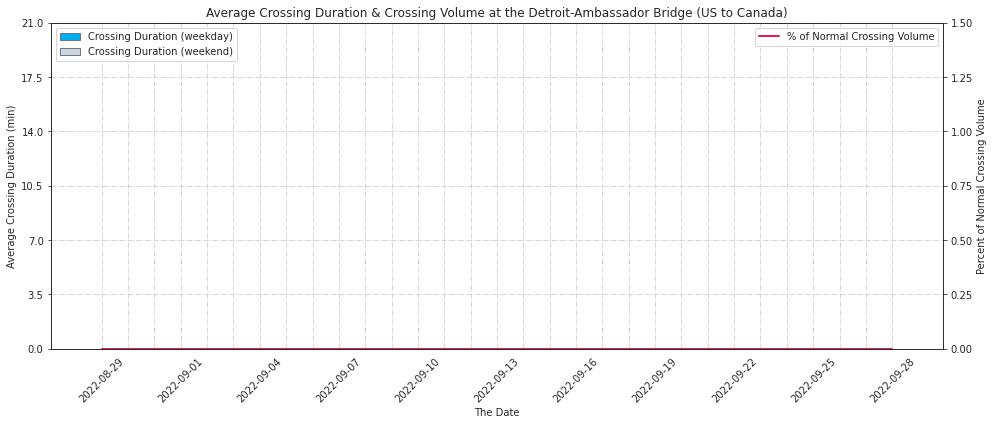
Figure 3. Average crossing duration and volume at the Detroit-Ambassador Bridge (U.S. to Canada)
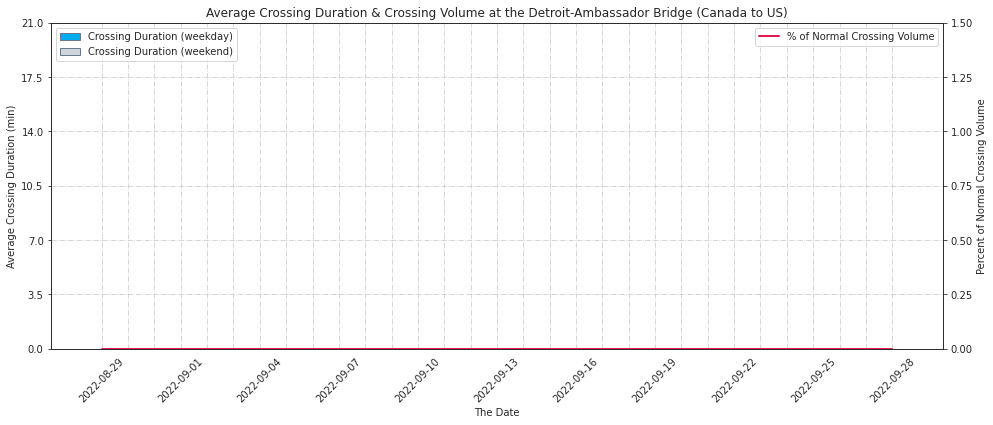
Figure 4. Average crossing duration and volume at the Detroit-Ambassador Bridge (Canada to U.S.).
Conclusion
With the U.S. and Canadian government committing to keeping the border open for trade, there appears to be a clear indication of demand-side reduction in cross-border transit. However, for the demand that there is, trade continues to occur, as we still have 75 percent of normal truck traffic across all border crossings.
Stay safe
Please check back for new updates to these graphs. If you have any questions or concerns, please contact your Geotab Account Manager, Business Partner or Authorized Geotab Reseller. For media inquiries, contact pr@geotab.com. You can also follow us on Facebook and Twitter (@GEOTAB) for on-going updates
Subscribe to get industry tips and insights
The Geotab Team write about company news.
Table of Contents
Subscribe to get industry tips and insights
Related posts

The $4B Crisis: Video Intelligence as the Answer to Fleet Distraction
December 2, 2025
3 minute read

The True Cost of Cargo Theft: When Customer Trust is on the Line
November 24, 2025
2 minute read

Telematics device cost: Key factors that determine pricing
November 19, 2025
5 minute read

Law enforcement technology: Four trends to know for 2026
November 7, 2025
6 minute read

Four seasons of fleet intelligence with Geotab's Public Works solution
November 7, 2025
2 minute read

Infographic: What are the ripple effects of school bus driver turnover?
November 6, 2025
1 minute read